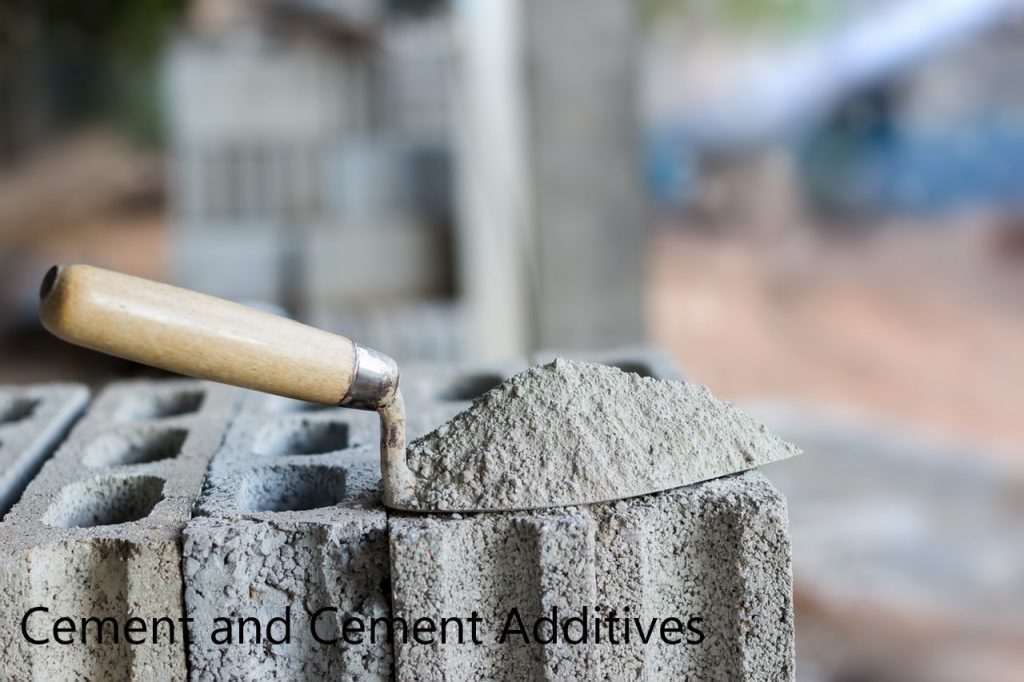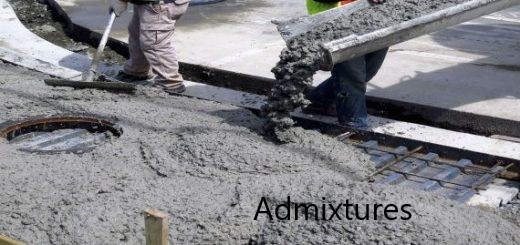In the world of engineering and physics, there exists a critical concept known as the damping coefficient. This seemingly complex term plays a crucial role in various engineering disciplines, impacting the stability and performance of structures and mechanical systems.
In this article, we will delve into the world of damping, its significance, types, mathematical representation, and applications. By the end, you will have a clear understanding of why the damping coefficient is essential in the realm of engineering.
What Is Damping?
Damping, in the context of engineering, refers to the dissipative force or mechanism that opposes the motion of an oscillating or vibrating system.
It is essentially a resistance to motion, which helps in reducing or controlling oscillations, vibrations, or fluctuations in various engineering systems.
Damping ensures that these systems come to a rest or reach a stable state over time.
Importance of Damping
Damping is a critical factor in engineering for several reasons:
- Stability
Damping helps in stabilizing systems by preventing uncontrolled oscillations, which can lead to catastrophic failures in structures or machinery.
For instance, in tall buildings, damping systems are incorporated to counteract swaying during strong winds or seismic events, ensuring occupant safety.
- Control
It allows engineers to control the response of systems to external forces or disturbances, ensuring predictable behavior.
In manufacturing, precise control of damping is essential for maintaining product quality and efficiency.
- Comfort
In applications like vehicle suspension systems, damping enhances ride comfort by reducing vibrations and shocks allowing smoother driving experience.
- Safety
Damping is vital in ensuring the safety of structures during earthquakes, as it absorbs seismic energy and prevents structural damage. This is particularly crucial in earthquake-prone regions.
Types of Damping
There are different types of damping encountered in engineering:
- Viscous Damping
Viscous damping is a common type where the resisting force is proportional to the velocity of the object.
It is often used in hydraulic systems and shock absorbers.
In hydraulic systems, viscous damping plays a crucial role in controlling the movement of fluids, which is essential for precise machinery operation.
- Coulomb Damping
Coulomb damping, also known as dry friction damping, arises from the friction between moving parts.
It is commonly seen in mechanical systems, especially in mechanisms with sliding or rotating components.
Coulomb damping is a fundamental consideration in designing efficient and long-lasting mechanical systems.
- Structural Damping
Structural damping occurs due to the inherent properties of materials and structures. It plays a pivotal role in civil engineering, affecting building and bridge stability.
In civil engineering, structural damping is carefully accounted for in the design of infrastructure to ensure public safety and structural integrity.
Different materials and construction methods exhibit varying levels of structural damping, making material selection a critical aspect of the design process.
Damping Coefficient
The damping coefficient is a numerical representation of the damping level in a system.
It quantifies the relationship between the damping force and the velocity or displacement of the system.
Mathematical Representation
Damping Coefficient(C) = Damping Force / Velocity or Displacement
This coefficient helps engineers assess and control damping in various applications.
The mathematical representation of the damping coefficient is a fundamental tool used in engineering calculations and simulations.
Engineers use it to predict and optimize the behavior of systems under various conditions.
Applications of Damping Coefficient
The damping coefficient finds applications in a wide range of engineering scenarios:
- Aerospace: It is crucial in designing aircraft and spacecraft to control vibrations and ensure passenger safety. In the aerospace industry, precise control of damping is essential for preventing structural fatigue and ensuring the safety of crew and passengers during flights.
- Civil Engineering: Damping is vital for reducing sway in tall buildings during wind or seismic events. Civil engineers use advanced damping technologies to protect infrastructure and ensure that buildings and bridges remain stable and safe.
- Mechanical Systems: In machines and engines, damping prevents excessive wear and tear by reducing vibrations. In manufacturing, precise control of damping ensures the accuracy and longevity of machinery. This is especially critical in industries where precision and reliability are paramount.
Factors Affecting Damping Coefficient
Several factors influence the damping coefficient in a system:
- Material Properties
Different materials exhibit varying levels of damping due to their inherent properties.
For example, rubber materials have high damping properties and are often used in shock absorbers, while metals tend to have lower damping properties.
- Temperature
Temperature can alter damping characteristics, especially in materials with temperature-sensitive properties.
Changes in temperature can affect the viscosity of damping fluids or alter the stiffness of materials, influencing damping behavior.
- Frequency
The frequency of oscillation or vibration can impact damping. High-frequency vibrations may require different damping strategies than low-frequency ones.
Engineers must consider the operating frequency of a system when designing damping solutions to ensure optimal performance.
Importance in Structural Engineering
In structural engineering, the damping coefficient plays a pivotal role in ensuring the safety and stability of buildings, bridges, and other structures.
It helps mitigate the effects of external forces like wind, seismic activity, and even traffic vibrations.
For example, in the construction of skyscrapers, engineers carefully consider damping systems to reduce sway caused by strong winds.
This ensures the comfort and safety of occupants and prevents structural damage.
Reducing Damping in Structures
In some cases, engineers may want to reduce damping, such as in precision instruments where minimal vibrations are desired.
This requires careful tuning and selection of materials to minimize energy dissipation. Engineers employ advanced design techniques, such as the use of isolators or vibration-absorbing materials, to achieve the desired level of damping reduction.
The ability to control damping levels in structures and machinery provides engineers with the flexibility to tailor systems to specific performance requirements.
By comprehensively understanding damping, engineers can optimize systems for stability, efficiency, and safety across a wide range of applications.
Damping’s role in controlling vibrations and oscillations is indispensable in modern engineering, contributing to the reliability and performance of structures and mechanical systems.
Frequently Asked Questions
1. Can damping be completely eliminated in engineering systems?
- No, complete elimination of damping is often impractical or undesirable. However, it can be minimized in some cases.
2. What are some real-world examples of damping in action?
- Examples include shock absorbers in vehicles, tuned mass dampers in skyscrapers, and vibration control in aircraft.
3. How does temperature affect damping?
- Temperature can alter material properties, which, in turn, can affect damping characteristics.
4. Is damping only relevant in large-scale engineering projects?
- No, damping is relevant in systems of all sizes, from small mechanical components to massive structures.
5. Are there any innovative technologies related to damping in engineering?
- Yes, advancements in materials science and control systems have led to innovative damping solutions in recent years.


